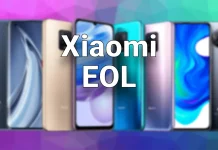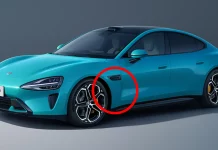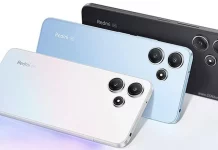The Xiaomi 14 Ultra was first unveiled in China, and then globally in Barcelona a few days later. One of the new features of the phone, among many others, is that it has been given a screen and back cover with in-house manufactured protection. The interesting thing about the back cover is that after many years, it is again made of ceramic material, which is 50% lighter than regular ceramic. A blogger in China did a lab test and there was some doubt about the results.Translated with DeepL.com (free version)
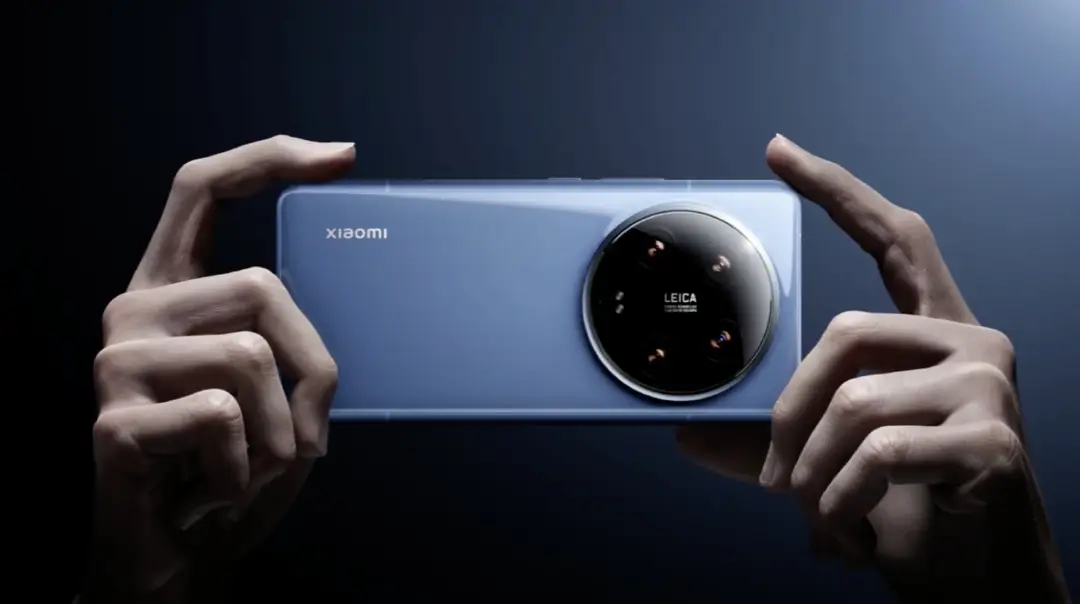
"Shengli Wenzhou" blogger recently released a video in which he claimed to have tested the Dragon Crystal Blue "ceramic version" of the Xiaomi Mi 14 Ultra mobile phone back under the XRD tester in the lab. He wrote the following under the video:
The instrument's wavelet direction basically confirmed that it is Triton feldspar, which is the same as the iPhone Super Porcelain Crystal Glass crystal.
Given its theoretical structure, it is impossible for feldspar crystal to produce such a clear crystal, nor is it possible to polish it to such a bright and transparent level, so it is highly likely (we have not yet received the test report) that the backing cladding is made by a melting process and then precipitates leucite crystals. The specific content of the leucite crystals is not yet known.
We also measured the front "Dragon Crystal Glass" performance of the Xiaomi 14 Ultra "Dragon Crystal Ceramic Edition". The waveform is almost identical and it is likely that the front of the phone's "Dragon Crystal Glass" is also a piece of crystal lithium-permeable feldspar. It's also a piece of microcrystalline glass with lithium feldspar crystals, which means that 'Xiaomi used two kinds of ceramics'.
However, while the specifics are still to be seen and the final test report, the results of the current preliminary first test prove that the back cover of the Xiaomi 14 Ultra mobile phone is probably a kind of microcrystalline glass with translucent lithium feldspar crystals.
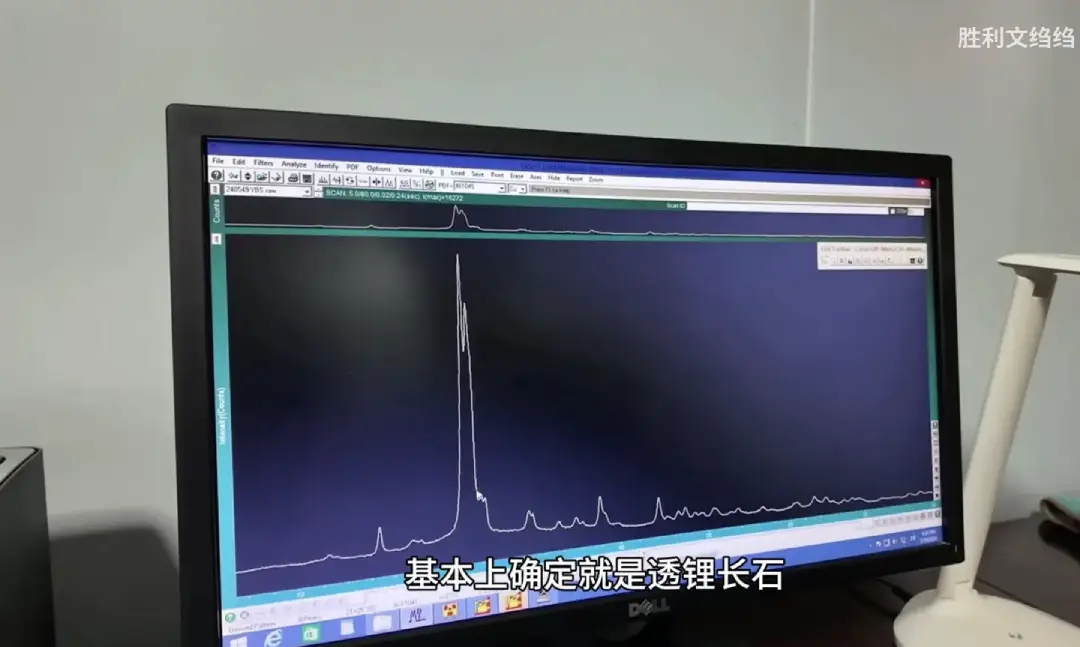
It was a bit difficult to get the gist of the Chinese text, but the end result is that the laboratory tests show that it is not simple ceramics.
USGOV.jpg)
Tests cast doubt on whether the backing is crystal or ceramic porcelain, preferring instead to believe that it is a special glass combined with crystals that make it highly resistant. This can be heated to mould it into shape. Its transparency and smooth surface are inherent properties of glass.
The fact that the measurement results match Apple's "porcelain crystal glass" technology does not mean that it has been copied one by one. It is likely that the engineers came to the same decision regarding the manufacturing technology and the use of materials. As when they designed the shape of the Xiaomi SU7, it was the best shape to minimise drag.


















![[150] HyperOS heti hibajelentés](https://helloxiaomi.hu/wp-content/uploads/2024/04/hyperosbugreportindex-218x150.webp)
